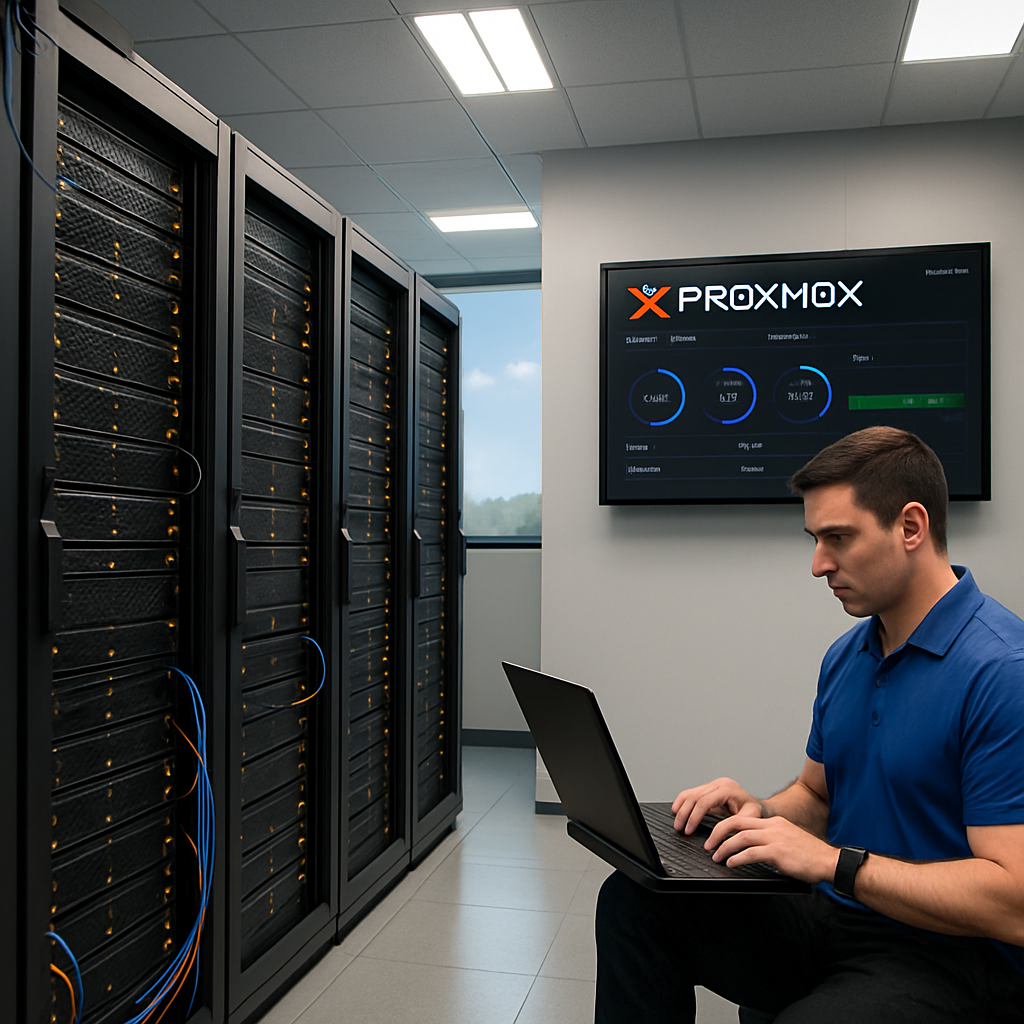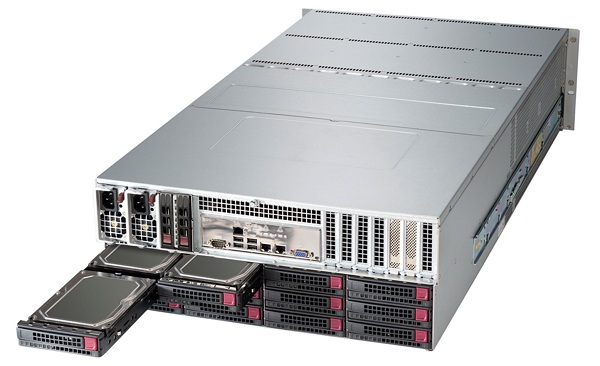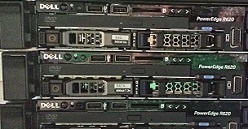Proxmox now available on dedicated servers at XLHost
XLHost is pleased to announce that we have added support for Proxmox 9 on dedicated servers at XLHost. Proxmox is a complete open source platform for enterprise virtualization. Proxmox can be deployed in single server and clustered environments. Support for Proxmox has been growing in many popular enterprise applications such as Veeam but Proxmox also has it's own Backup server product.









